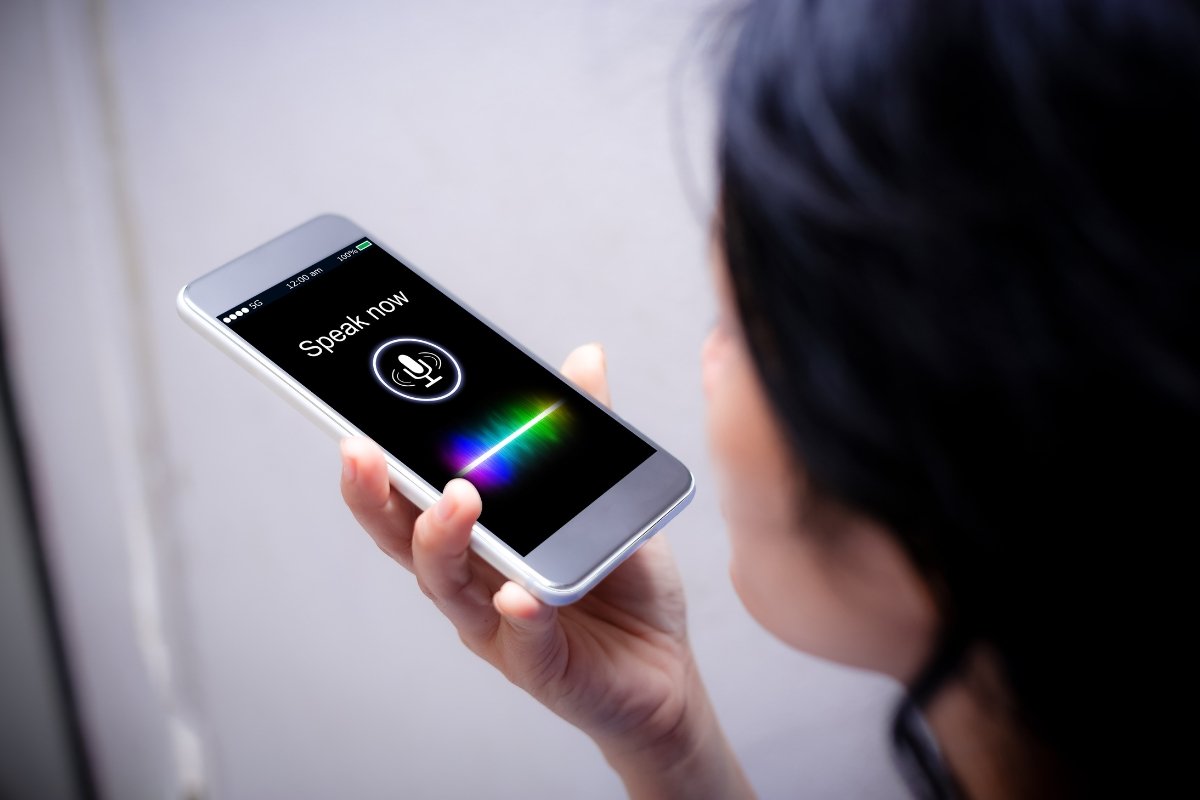Ever wondered how does speech recognition works? In this blog, I will break it down for you step-by-step from audio to text and how voice assistants like Alexa and Siri make it feel like magic.
Table of Contents
What Is Speech Recognition?
You ever just shout, “Hey Siri, what’s the weather like in Miami?” and get a smooth answer back in seconds? That’s speech recognition in action.
In simple terms, speech recognition is a part of Artificial Intelligence (AI) that allows a machine to recognize and convert spoken language into written text. It’s what powers smart speakers like Alexa, Google Assistant, and Siri.
Speech recognition has become part of our everyday lives here in the U.S. from driving directions on Apple Maps to asking Alexa to play country music while cooking dinner.
How Does Speech Recognition Work (Step-by-Step)?
Let’s break this down into simple steps you will totally get.
Step 1: Audio Input
When you speak, you create vibrations in the air. A mic picks up those sound waves and sends them to something called an Analog-to-Digital Converter (ADC).
This device does two big things:
- Filters out background noise.
- Converts your voice into digital binary data.
Step 2: Spectrogram Analysis
The ADC splits your speech into different frequency bands, kind of like how DJs play with sound levels. A tool called a spectrogram visualizes this, mapping:
- Time on the X-axis.
- Frequency (pitch) on the Y-axis.
- Bright areas = high frequencies, dark = low.
Step 3: Identifying Phonemes
Speech is built on phonemes tiny chunks of sound like “ba”, “sh”, or “ee”. The system compares these patterns to pre-programmed samples stored in its dictionary.
Step 4: Pattern Matching With AI
Here’s where AI comes in hot. Tools like the Hidden Markov Model (HMM) help the computer guess what you are really saying even if you have got an accent or you mumble a bit.
So if someone in Texas says “barn” and someone from London says “baahn,” speech recognition figures out that both folks mean the same thing.
Read More The Transformative Role of Reinforcement Learning Revolutionizing Healthcare Education
Real-Life Examples: Alexa, Siri, and Google
Let’s say you ask Alexa: “Tell me a joke.”
Here’s what’s happening under the hood:
- Trigger Detection – It waits for the keyword: “Alexa.”
- Speech Recognition – It captures the next sentence: “Tell me a joke.”
- Intent Recognition – NLP kicks in to understand your request.
- Execution – Alexa finds a joke and tells it to you using speech synthesis.
Related Keywords used:
- how does Alexa understand speech
- speech recognition in virtual assistants
- voice assistant joke example
Speech Recognition vs. Natural Language Processing (NLP)
Once Alexa turns your voice into text, it still has to understand what you meant. That’s where NLP (Natural Language Processing) comes in.
NLP figures out:
- The intent behind your words.
- The exact task you are asking for.
- How to phrase the right response.
Think of Speech Recognition as “hearing,” and NLP as “understanding.”
How Smart Speakers Talk Back
Speech synthesis is the opposite of speech recognition.
Instead of listening, the machine talks. It works like this:
- The machine writes a response in text.
- Breaks that text into phonemes.
- Plays those phonemes as audio like a robot DJ mixing tracks.
Chatbots vs. Voice Assistants
Voice not your thing? You have probably chatted with a messenger chatbot on Facebook, WhatsApp, or even your bank’s website.
Unlike voice bots, these don’t need audio processing. That means:
- Easier to build
- No speech data needed
- Just as smart
I will be diving into chatbot creation in future posts, so stay tuned!
FAQs About Speech Recognition
Q. What is the difference between voice recognition and speech recognition?
Ans. Voice recognition identifies who is speaking. Speech recognition focuses on what is being said.
Q. How accurate is speech recognition?
Ans. Modern systems like Google Speech-to-Text can reach 95-98% accuracy, depending on accent and clarity.
Q. Can I build my own speech recognition system?
Ans. Yes! Tools like Google Cloud Speech API, Microsoft Azure, and Mozilla Deep Speech are available.
Q. What are phonemes in speech recognition?
Ans. Phonemes are the smallest units of sound in language. They help machines understand spoken words.
Conclusion
Now that you know how speech recognition works, you will never look at Siri or Alexa the same way again.
From sound waves to text to understanding your commands it’s all thanks to AI, machine learning, and some incredibly cool tech. Whether you are using it to check the weather or ask your phone to play Drake’s latest album, speech recognition has become second nature.
If this helped you, drop a comment below and share your favorite voice assistant moments!





Pingback: How Natural Language Generation Works in 2025 Your Beginner’s Guide to AI-Powered Writing - Pickn Reviews
Pingback: A Deep Reinforcement Learning Framework That Just Works in 2025